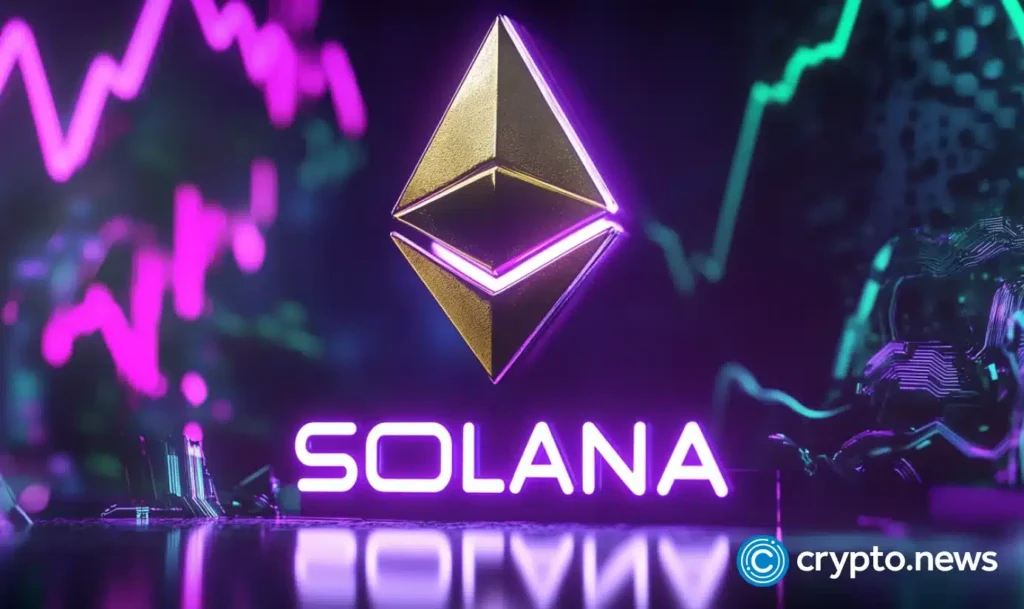Solayer Labs has announced the 2025 roadmap for the Solayer InfiniSVM, a hardware-accelerated blockchain designed to enhance scalability and performance.
On Jan. 7, Solayer Labs, a restaking protocol on Solana, elaborated that the architecture of InfiniSVM is based on Shared Virtual Memory and aims at building one globally distributed-state machine with high-throughput, low-latency functionality capable of running complex decentralized applications.
The InfiniSVM blockchain will distribute workloads across specialized hardware accelerators optimized for specific tasks such as signature checks, transaction filtration, pre-execution simulation, and data storage. This sets it apart from the traditional vertical scaling and sharded rollup model. The architecture operates with a hybrid Proof-of-Authority and Stake consensus mechanism coupled with Remote Direct Memory Access communication for speed enhancements. These features should boost the blockchain when it comes to efficiently handling high transaction volumes.
Previously, Solana has faced network congestion on the validator client implementation. The roadmap of Solayer Labs will thus mainly focus on improvements to make it easier for developers and users by coupling within the blockchain on post-transaction logic to facilitate accounting, arbitrage, and liquidation activities. Furthermore, cross-chain communications and OAuth integration are expected to ease the development process without compromising operations security.
Normally, these processes require separate systems or additional coding, which can increase the burden and time requirements on developers and even become tedious. The incorporation of these features further into the blockchain allows developers to save time and effort, and this results in more efficient applications.
For the ordinary user, this will mean a faster and smoother experience. For example, suppose someone is trading or managing assets. In that case, the blockchain will automatically take care of backend functions, tracking balances in real-time or hitting the best prices while executing orders. Users won’t have to wait for third-party systems to complete these functions. These features could potentially improve application efficiency.
The roadmap also includes utilizing shared-nothing architectures and hashing functions to work on optimally scaling to avoid bottlenecks. A shared-nothing architecture is completely independent of the systems themselves; that is to say, no single portion of the system can slow down or crash the rest. The roadmap highlights the growing significance of hardware-accelerated design in blockchain research.

